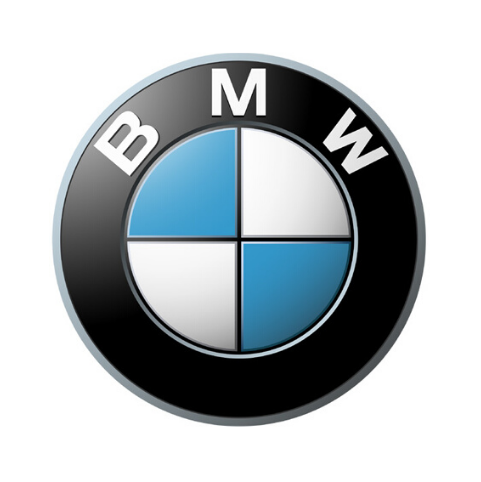1956 BMW ISETTA 300 BUBBLE WINDOW Z-BAR

The descriptions of the Classic Cars in the Directory were partly generated or supplemented with the help of artificial intelligence (AI). The content may occasionally not always be entirely accurate or factually correct despite careful checking.
The BMW Isetta 300 Bubble Window Z-Bar 1956 is a unique vehicle that holds a special place in the history of the automotive industry. This particular model is much loved by enthusiasts for its compact, efficient size, and eye-catching design that commands attention. A closer look at its technical details will make it apparent why this vehicle is as popular today as it was when it was first launched in the 1950s.
To start with, the BMW Isetta 300 Bubble Window Z-Bar 1956 is powered by a single-cylinder, four-stroke engine that is capable of delivering 13 horsepower. This modest engine is coupled with a four-speed manual transmission system, which offers a smooth and comfortable driving experience. The vehicle also comes equipped with a reverse gear, which is quite unique for a motorised vehicle. The maximum speed that can be achieved in this car is around 53 miles per hour, which is not bad considering its size and weight.
One of the most distinctive features of the BMW Isetta 300 Bubble Window Z-Bar 1956 is its Z-bar front suspension. This design makes use of a set of trailing arms that are connected to the body of the car by a pair of swiveling jointed bars. This results in a very stable ride that absorbs most bumps and shocks from the road, providing an unparalleled level of comfort for the driver and passengers.
Another feature that adds to the car's stability is its remarkable bubble-shaped front window. This window is made from toughened glass and is designed to offer excellent visibility in all directions. The bubble shape also helps to deflect wind and reduce the chances of the car flipping over in high winds, making it an extremely safe and reliable vehicle.
The BMW Isetta 300 Bubble Window Z-Bar 1956 is also fitted with an impressive braking system. The car features drum brakes on all of its wheels, which are powered by a hydraulic system that provides excellent stopping power. This makes it easy to control the car in all situations, even when braking at high speeds.
Another aspect of this car that adds to its charm is its compact size. Measuring just over 7 feet in length and 4 feet in width, the BMW Isetta 300 Bubble Window Z-Bar 1956 is a true microcar. This makes it ideal for navigating through busy city streets, tight parking spaces, and narrow country roads. Its small size also makes it incredibly fuel-efficient, making it a popular choice for environmentally conscious consumers.
In conclusion, the BMW Isetta 300 Bubble Window Z-Bar 1956 is an impressive vehicle that combines unique design, efficient engineering, and remarkable attention to technical detail to create a car that is truly one of a kind. It is not just an icon of the 1950s, but also a marvel of modern engineering that will continue to amaze and delight car enthusiasts for many years to come.
Milestones
- BMW Isetta 300 Bubble Window Z-bar 1956 was first introduced in Europe in 1955, and later that year it arrived in the United States.It was one of the world's first microcars and was designed for people who needed an economical mode of transportation.
The Isetta 300 Bubble Window Z-bar 1956 had a two-person capacity and an overall length of 7.5 feet.
The car was powered by a one-cylinder, four-stroke, 300cc engine, which was capable of generating 13 horsepower.
The car's engine was mated to a four-speed manual transmission with a reverse gear, and it had a top speed of 53 MPH.
The Isetta 300 Bubble Window Z-bar 1956 had a unique front-opening door that doubled as the car's windshield. This door was also used for entry and exit.
The car's suspension employed a novel trailing arm configuration that allowed it to handle bumps and rough roads with ease.
In 1957, the Isetta 300 Bubble Window Z-bar 1956 was updated with various improvements, including a larger engine rated at 15 horsepower, a new front grille, and a revised dashboard.
Over its six-year production run, BMW built more than 160,000 Isetta 300 Bubble Window Z-bar 1956 cars, making it one of the company's most successful models of all time.
Today, the Isetta 300 Bubble Window Z-bar 1956 is highly sought-after by collectors, and it remains a beloved icon of automotive history.
Technical
• The BMW Isetta 300 Bubble Window Z-Bar was produced from 1956 to 1962. • It was a microcar designed as a low-cost solution for personal transportation in Europe. • It had a unique front entry design with a single door on the front of the vehicle. • The engine was a 298 cc single-cylinder 4-stroke engine positioned at the rear of the car. • The engine produced 13 horsepower and could reach a top speed of 53 mph (85 km/h). • The car had a 4-speed manual transmission. • Its body and chassis were made of steel for durability and strength. • The car's suspension system featured a swing-arm front suspension with a telescoping shock absorber and a rigid rear axle with leaf springs. • The car's braking system included drum brakes on all four wheels. • The BMW Isetta 300 Bubble Window Z-Bar had a fuel capacity of 8.5 liters and could achieve a fuel economy of 57 mpg (24.2 km/L). • The car's dimensions were 220 cm (length) x 148 cm (width) x 150 cm (height) and it had a weight of 580 kg (1,280 lbs).



